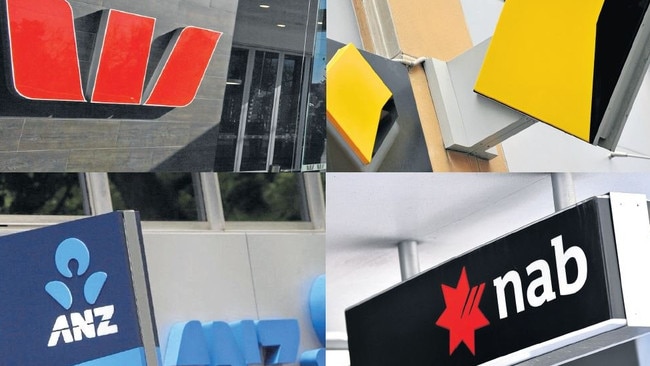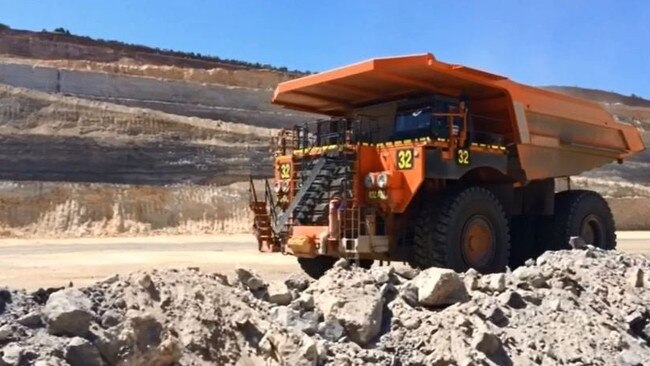Why bank stocks are losing ground for SMSFs
Once the backbone of many portfolios, bank stocks are losing ground amid renewed competition for dividend-hungry investors.

Business
Don't miss out on the headlines from Business. Followed categories will be added to My News.
The special position of bank stocks within retail investor portfolios is under threat after a remarkable year in which new investors rushed into shares while older investors switched money towards resource stocks.
Traditionally seen as the backbone of any retail portfolio, the big four banks have dominated Australian portfolios due to strong profitability and franked dividends.
But in the past 12 months big miners, led by BHP, have muscled their way into territory previously preserved for Commonwealth Bank, National Australia Bank, Westpac and ANZ.
Similarly, Rio Tinto and iron ore specialist Fortescue have moved up the popularity ladder to become more important to retail investors — particularly self-managed super funds.
At nabtrade, Gemma Dale, director of SMSF and investor behaviour, says: “We are clearly seeing older investors moving towards the miners because they have the dividends and franked dividends remain crucial for this group.”

At the same time, financial stocks have been losing support: “SMSF allocation to financials have dropped by 4 per cent over a single year. Almost all of this decline has been picked up by “materials” (miners), which have climbed from less than 13 per cent of the average portfolio to 17 per cent,” Dale says.
According to nabtrade statistics, despite strong buying in BHP over the past year there was very little profit-taking in the “Big Australian”, which is now the sixth most popular stock among SMSFs.
The new popularity of mining stocks means that BHP and Rio are now in nabtrade top 10 stocks held by value, with Fortescue bubbling under at number 11.
Blue chip mining stocks have been favoured for very large dividends that have come on the back of record prices for iron ore. Meanwhile bank stocks lost support after skipping or passing on key dividend payments during the crisis. Nonetheless, the big four banks still take out four of the top five positions in the nabtrade rankings.
New figures from online brokers also show that the lift in new investors holding stocks — which began soon after the markets crashed a year ago — has been sustained, with many widening their portfolios to include conservative choices such as exchange-traded funds and listed investment companies.
Among the most popular of the ETFs are the Vanguard Australian Shares Index (VAS), which now has a market capitalisation of more than $7bn. Listed investment trusts are also popular, led by established names such as the Australian Foundation Investment Company and Argo.
More broadly, online brokers are finding that cash levels among all investors are creeping back roughly to where they were before the crash in March last year, suggesting that investors are becoming more cautious.
From the depths of the COVID-19 crash last March the S&P/ASX 200 has gained more than 50 per cent. However, the local sharemarket — closing the first session of the week at 6974 points — has yet to regain the peak set early last year.
“There is an element of investors sitting on the sidelines just now,” Gale says.
In contrast, money is pouring in afresh to Wall Street as US sharemarkets continually break new records, having cleared into higher post-COVID-19 territory in August last year.
Figures from Bank of America this week show huge numbers entering the market, as Wall Street saw more money flow into sharemarket funds in the last five months than the previous 12 years.
In dollar terms, $US569bn ($747bn) has flowed into US-listed global share funds since November, compared with a cumulative $US452bn going back as far as 2009.

Originally published as Why bank stocks are losing ground for SMSFs



